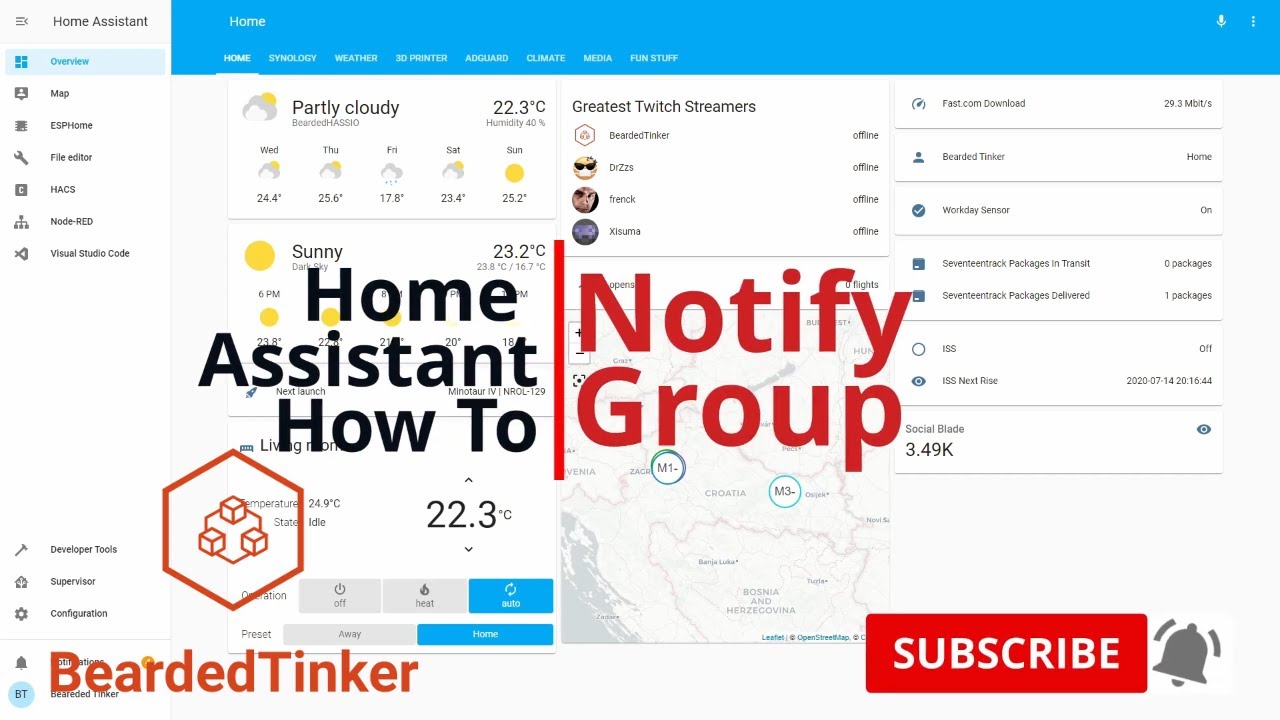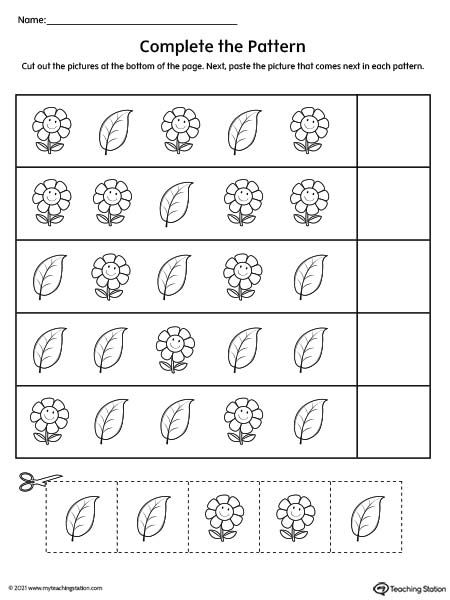4 Smart Ways to Group Notifications

In today's digital age, notifications have become an integral part of our daily lives, often flooding our devices and demanding our attention. The constant pings, beeps, and vibrations can be overwhelming and disruptive, leading to a need for efficient notification management. By grouping notifications effectively, we can regain control over our digital experiences and improve our productivity and focus. This article explores four intelligent strategies to organize and manage notifications, ensuring a more seamless and enjoyable interaction with our devices.
1. Categorize Notifications by App or Service

One of the simplest yet effective ways to group notifications is by categorizing them based on the app or service they originate from. This method helps create a clear division, allowing you to easily identify and prioritize notifications from different sources. Here’s how you can implement this strategy:
- Create Custom Categories: Start by deciding on the categories that make sense for your notification needs. For instance, you might have categories like Social Media, Email, Productivity Apps, News & Updates, and Entertainment. These categories can be personalized based on your usage patterns and preferences.
- Group Notifications: Once you have your categories in place, assign each app or service to the appropriate category. This process might vary depending on your device’s operating system and notification settings. Generally, you can access notification settings through the device’s settings menu or directly within the app itself.
- Prioritize and Customize: Within each category, you can further prioritize notifications by marking certain apps or services as high priority or low priority. This ensures that critical notifications, such as work-related emails or urgent messages, receive immediate attention. Additionally, you can customize notification settings for each app, such as enabling or disabling sounds, vibration, or banner notifications.
Benefits of Categorization
Organizing notifications by app or service offers several advantages:
- Quick Glance: With categorized notifications, you can quickly scan through your device’s notification panel and gain an overview of the latest updates and messages from different sources.
- Priority Management: By prioritizing apps within categories, you can ensure that important notifications are not overlooked amidst the sea of less critical updates.
- Customized Experience: This method allows for a personalized notification setup, catering to your specific needs and preferences. You can choose which apps receive prominent notifications and which ones can be more discreet.
| Category | Example Apps |
|---|---|
| Social Media | Facebook, Instagram, Twitter |
| Gmail, Outlook, Apple Mail | |
| Productivity | Slack, Trello, Google Docs |
| News & Updates | News Apps, Weather Apps |
| Entertainment | Streaming Services, Gaming Apps |

2. Group by Notification Type

Another approach to grouping notifications is by categorizing them based on their type or function. This method helps distinguish between different kinds of notifications, such as alerts, reminders, updates, or social interactions. By understanding the purpose of each notification, you can prioritize and manage them more efficiently.
- Identify Notification Types: Begin by identifying the different types of notifications you receive regularly. Some common types include Alerts (for urgent matters), Reminders (for upcoming tasks or events), Updates (for software updates or subscription renewals), Social Interactions (messages or mentions), and Promotions (sales or offers from stores or services).
- Categorize and Prioritize: Once you have identified the types of notifications, create categories based on their functions. For example, you might have categories like Urgent Alerts, Task Reminders, System Updates, Social Mentions, and Marketing Offers. Prioritize these categories based on their importance to you.
- Manage Notification Settings: Just like the previous method, you can customize notification settings for each type or category. Adjust the sound, vibration, or banner settings to suit your preferences. For instance, you might want urgent alerts to be more noticeable, while promotional offers can be less intrusive.
Advantages of Grouping by Type
Organizing notifications by type provides the following benefits:
- Clarity and Context: Understanding the purpose of each notification helps you quickly assess its relevance and urgency, making it easier to decide which notifications require immediate attention.
- Focused Management: By grouping similar notifications together, you can manage and review them as a batch, saving time and effort in dealing with individual notifications.
- Personalized Experience: Just like categorizing by app, this method allows you to customize notification settings for each type, ensuring a tailored experience that aligns with your preferences and priorities.
3. Utilize Smart Filters and Rules
Many modern devices and apps offer advanced notification management features, including smart filters and rules. These tools allow you to automate the grouping and handling of notifications based on specific criteria. By setting up filters and rules, you can ensure that notifications are organized and prioritized according to your predefined preferences.
- Explore Device Features: Familiarize yourself with the notification management options available on your device. Both iOS and Android devices offer a range of customization options, such as Notification Center on iOS or Notification Settings on Android.
- Set Up Filters and Rules: Within these settings, you can create filters or rules that determine how notifications are handled. For example, you can set up a rule to automatically archive or delete notifications from certain apps or services, or you can create a filter to group notifications based on keywords or senders.
- Advanced Customization: Depending on your device and apps, you might have access to more advanced features. Some apps, like email clients or messaging apps, offer powerful filtering options to manage notifications based on specific criteria, such as sender, subject, or content.
Benefits of Smart Filters and Rules
Implementing smart filters and rules offers the following advantages:
- Automation: By setting up rules, you can automate the organization and handling of notifications, saving time and effort in manually managing them.
- Granular Control: With advanced filters and rules, you can achieve a high level of customization, ensuring that notifications are managed precisely according to your preferences.
- Reduced Clutter: Automating the grouping and handling of notifications helps keep your notification panel clean and organized, making it easier to find and act upon important notifications.
4. Create Custom Notification Groups
Some devices and apps provide the option to create custom notification groups, allowing you to manually organize and manage notifications in a way that suits your specific needs. This method offers a high level of flexibility and control over notification management.
- Identify Notification Groups: Think about the types of notifications you receive and how you’d like to group them. For instance, you might want a group for Work-Related Notifications, another for Personal Communications, and a third for Entertainment & Leisure.
- Create and Manage Groups: Depending on your device or app, you can create these groups within the notification settings or directly within the app itself. You can then assign apps or services to these groups, ensuring that notifications are organized accordingly.
- Customize Group Settings: Just like with other methods, you can customize the notification settings for each group. This includes adjusting sound, vibration, and banner preferences to align with the importance of each group. For example, work-related notifications might require more prominent settings, while entertainment notifications can be less intrusive.
Benefits of Custom Groups
Creating custom notification groups provides the following advantages:
- Flexibility: This method offers a high level of flexibility, allowing you to tailor your notification management system to your unique needs and preferences.
- Contextual Organization: By grouping notifications based on context, you can quickly identify and prioritize notifications that are relevant to a specific aspect of your life, such as work, personal matters, or leisure activities.
- Personalized Experience: With custom groups, you have full control over how notifications are organized and presented, ensuring a truly personalized notification management system.
Can I combine multiple grouping methods for better organization?
+Absolutely! You can combine different grouping methods to create a comprehensive and personalized notification management system. For instance, you might categorize notifications by app or service and further group them by type or create custom groups based on your specific needs. The key is to find a system that works best for your daily routine and preferences.
Are there any apps that can help with notification management?
+Yes, there are several apps available that offer advanced notification management features. These apps typically provide options to filter, prioritize, and organize notifications across various apps and services. Some popular options include Noti, Notification Center, and Pushbullet. However, it's essential to review the features and privacy policies of these apps before using them.
How often should I review and adjust my notification settings?
+It's a good practice to review and adjust your notification settings regularly, especially when your daily routine or preferences change. This ensures that your notification management system remains aligned with your current needs. Aim to review your settings at least once every few months, or whenever you notice that your notification preferences have shifted.
In conclusion, managing notifications effectively is crucial for maintaining a healthy digital lifestyle and optimizing productivity. By implementing one or more of the strategies outlined in this article, you can take control of your notifications and create a more seamless and enjoyable digital experience. Remember, finding the right notification management system is a personal journey, so explore the options, experiment, and find what works best for you.



